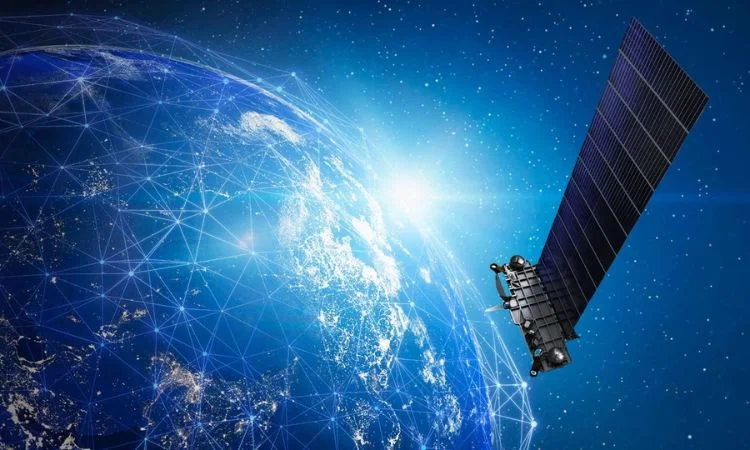In a move that could further revolutionize global connectivity, SpaceX’s satellite internet division Starlink has taken the capability of beaming internet from space directly to users’ devices. The company recently launched a batch of 30 additional satellites aboard its Falcon 9 rocket that are equipped with a software-defined payload allowing them to communicate directly with cell phones.

While Starlink has so far been providing home internet service that requires a special user terminal, this new generation of satellites opens the door for cellular-like service from low Earth orbit. SpaceX founder and CEO Elon Musk had previously hinted at such a plan, and the latest mission marks the first tangible steps to realize that vision.
It works by integrating standard cellular network protocols like LTE directly into the satellites. This means Starlink will soon be able to connect to ordinary smartphones, enabling internet access virtually anywhere – even in remote areas without cell towers. Users are likely to see downloads and browsing speeds comparable to traditional 4G connectivity, though latency may be higher compared to ground-based cellular.
If successfully deployed, it could help close the global digital divide by connecting the billions still lacking wired broadband access. SpaceX may look to offer basic plans to consumers directly or partner with telecom companies for seamless integration into existing cellular networks. The technology holds immense potential for use cases like backupernet access during emergencies as well.
Challenges remain like ensuring seamless handovers between satellites in different orbital planes and managing demand from high subscriber densities. But SpaceX’s ability to rapidly build and launch satellite fleets gives it an early edge. Rival space internet constellations like Kuiper and OneWeb are also working on phone connectivity, though Starlink’s large existing capacity means it may be first to market at scale.
With satellite internet penetration so far limited by equipment cost and complexity, a direct-to-device service model could be the key to unlocking mass-market demand. If successful, this latest Starlink upgrade highlights how increasingly commonplace access to space is revolutionizing life on Earth in ways unimaginable until recently. Truly exciting times ahead in the new space age.
This new development truly has immense potential to deliver internet connectivity to more people worldwide. By removing hardware barriers, direct to phone access via satellite could achieve universal connectivity goals sooner. With SpaceX’s rapid innovation and launch pace, 2023 may well see the start of next-generation space-based cellular networks becoming a reality. The future looks bright indeed for global connectivity!














